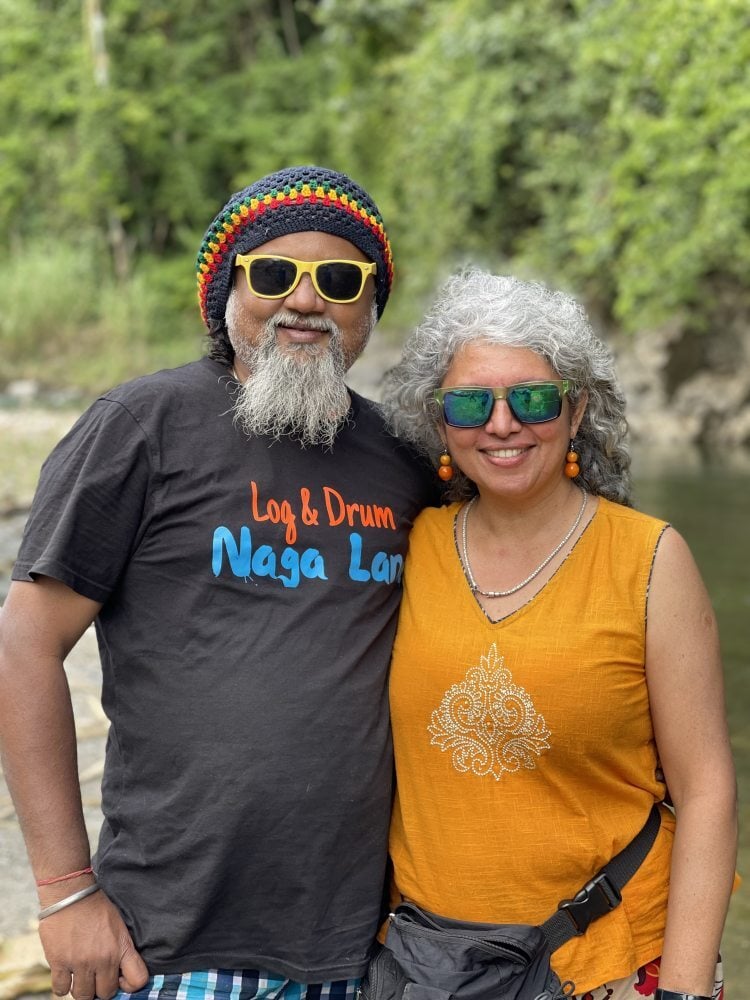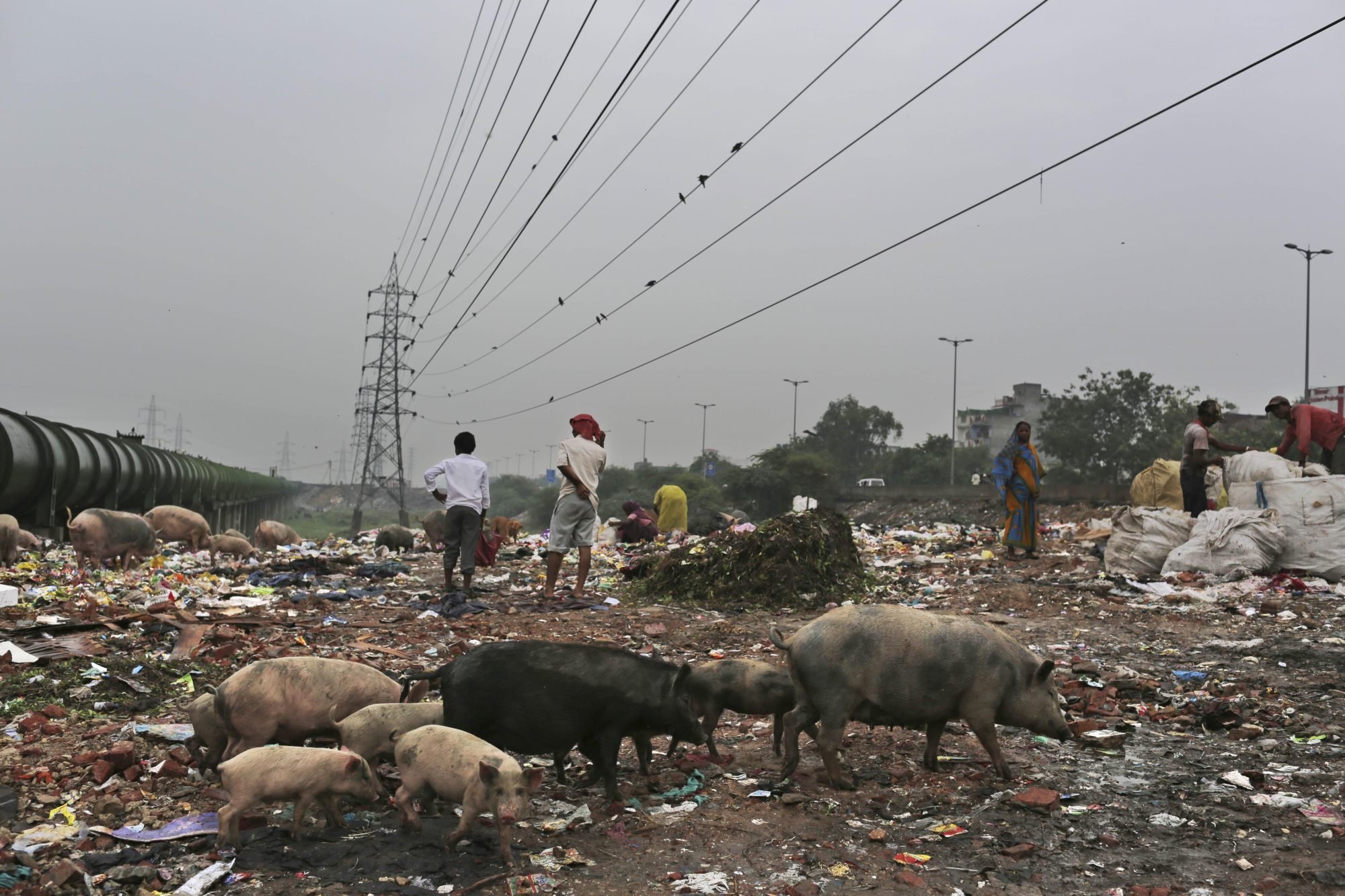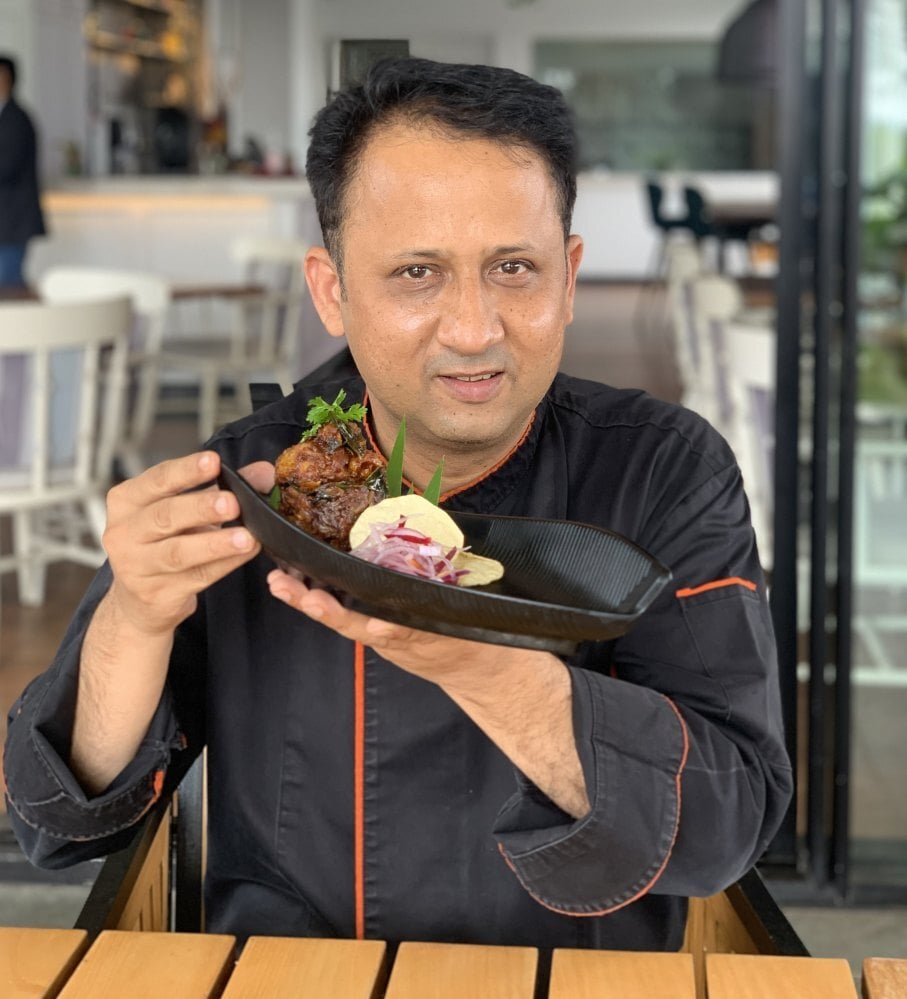
India’s pork lovers rejoice at news of US imports as taboos over once-maligned meat start to shift
- Pork is not a common ingredient in most Indian cuisine, but long-held taboos about its consumption are starting to change in the country of 1.4 billion
- This week trade officials announced India would allow pork imports from the United States for the first time ever – setting Indian pork lovers’ tongues wagging
In Coorg, a hilly region of Karnataka state that is home to the Kodava people, a pork dish called pandi curry – which contains bird’s eye chilli, green masala paste, ground spices, and a dark, viscous vinegar made from the garcinia gummi-gutta fruit – is prized for its “piquant taste and the trademark dark colour”, said travel writer and food show host Priya Ganapathy, who described pork as not just a food but an “emotion”.

Evidence of Indians eating pork can be found in various ancient texts, as the late food historian K.T. Achaya pointed out in his Indian Food: A Historical Companion. In Manasollasa, a 12th century text, there are instructions on how to prepare pig carcasses and make them into sunthakas (roasted pork steaks).
But a general taboo associated with eating the meat started to pervade Indian society from the 16th century onwards, after the country was conquered by the Muslim Mughal Empire, according to food anthropologist Kurush Dalal.
Hindus, who make up about 80 per cent of India’s 1.4 billion people, are not prohibited from eating pork, but many consider the meat impure and this has made restaurants wary about putting it on their menus. Muslims, who account for about 14.6 per cent of the population, are forbidden from eating pork by their religion.
“Pigs are now generally shunned in Indian cities as they are considered scavengers and associated with disease,” Dalal said.
Stories abound of how the British struggled to find cooks who would prepare bacon for their breakfasts during the period of direct colonial rule from 1858 to 1947.

In fact, the Indian Rebellion of 1857 – a major uprising against the British East India Company, which had ruled much of the subcontinent in the decades before direct crown rule – was at least partly sparked by rumours that pork or beef fat had been used to grease the ammunition issued to Muslim and Hindu soldiers, who would have had to put the paper cartridges in their mouths to open them.
Nowadays, however, pork is attracting something of a cult following in India, sparked by the growth of online “fan clubs” and new methods of production. Modern pig farms can now be found across Punjab and Haryana states, while online sales of processed pork such as bacon and ham have also grown.
Of a pork persuasion
Some 295,000 metric tonnes of pork was consumed in India last year and that figure is only expected to rise in future. Pork now increasingly appears at breakfast buffets in the form of sausages and bacon, as well as in cafes and restaurants, and at pop-up eateries created by home chefs.
“We have two kinds of pork that are eaten in India- one is Indian pork made from the local grey or black pigs and the other is the English pork made from imported pink breeds like the Yorkshire,” Dalal said.

On Monday, US trade officials announced that India would allow US pork imports for the first time – a boon for the world’s third-largest pork producer and second-largest exporter.
“In recent times we have witnessed a rise in the popularity of pork dishes,” said Manish Uniyal, head chef at the Hyatt Centric Bangalore, where pandi curry from Coorg is now available on its newly launched menu. “We have also partnered with the Bangalore Pork club on many occasions, and hosted a chef’s table with various pork themes like Globetrotting Hog,” he said.
I’m glad we have facilitated pork coming out of the closet
Gitika Saikia, who is originally from Assam in northeastern India but now lives in Mumbai, said ethnic communities in her home state practised “nose to tail” dining and did not waste any part of the pig.
“Smoked pork is the most popular dish,” she said. “I feel that pork is versatile as a meat with different cuts and recipes from different cuisines, and can be made into steaks, or served in a variety of dishes, unlike chicken.”
Pork is also common in the coastal state of Goa, where a large Catholic community has its own repertoire of dishes made from the meat. From chorizo-like sausages originally developed by monks; to sorpotel, a fiery curry of pork heart and liver with vinegar and tamarind; and vindaloo, a curry traditionally made from pork, spices and vinegar – pork finds its place on every Goan Catholic’s table.
India’s pork fans have even started gathering online in recent years. The Bangalore Pork Lovers Club Facebook group has more than 2,200 members who regularly exchange recipes and discuss their favourite pork dishes.
“I was always a pork lover and am glad that we have facilitated pork coming out of the closet,” said Kalyan Gopalkrishna, a qualified pig breeder and food consultant who started the group in 2016. “As a child my father would bring it wrapped in leaves, and we had to call it ‘boneless mutton’, as eating pork had taboos attached to it. Even doctors would advise their patients not to eat this ‘unhealthy meat’.”
Gopalkrishna has curated a number of pork-centric events with chefs in Bangalore under his “Swine dine” brand, offering as many as 16 courses featuring the meat from starter to dessert. “We use a lot of Belgian pork and also Indian pork to a lesser extent,” he said. “Recently Sri Lankan pork which is of good quality has also entered the market.”
Mumbai-based home chef and blogger Rhea Mitra-Dalal has also sought to bring India’s pork lovers together with her own Facebook group, The Porkaholics, which she started in 2012. There, fans of the meat exchange recipes and discuss curing processes, while small business owners are able to promote their products.
“I wanted a safe space where my friends and I could enjoy pork in peace.” said Rhea, in reference to the social stigma that pork eaters sometimes face in India.
Some have suggested that pork could become a cheap source of protein for Indians in future, with the cultivation of pigs also helping to boost the income of rural farmers.
But for now, Gopalkrishna said he just hopes that the arrival of US pork products – which trade officials say they want to start shipping as soon as possible – will improve the range and quality of pork available in India.
Global sales of pork and pork products were valued at US$7.7 billion in 2020. Last year, before the pork deal was in place, the US exported more than US$1.6 billion of agricultural products to India.
Additional reporting by Reuters

